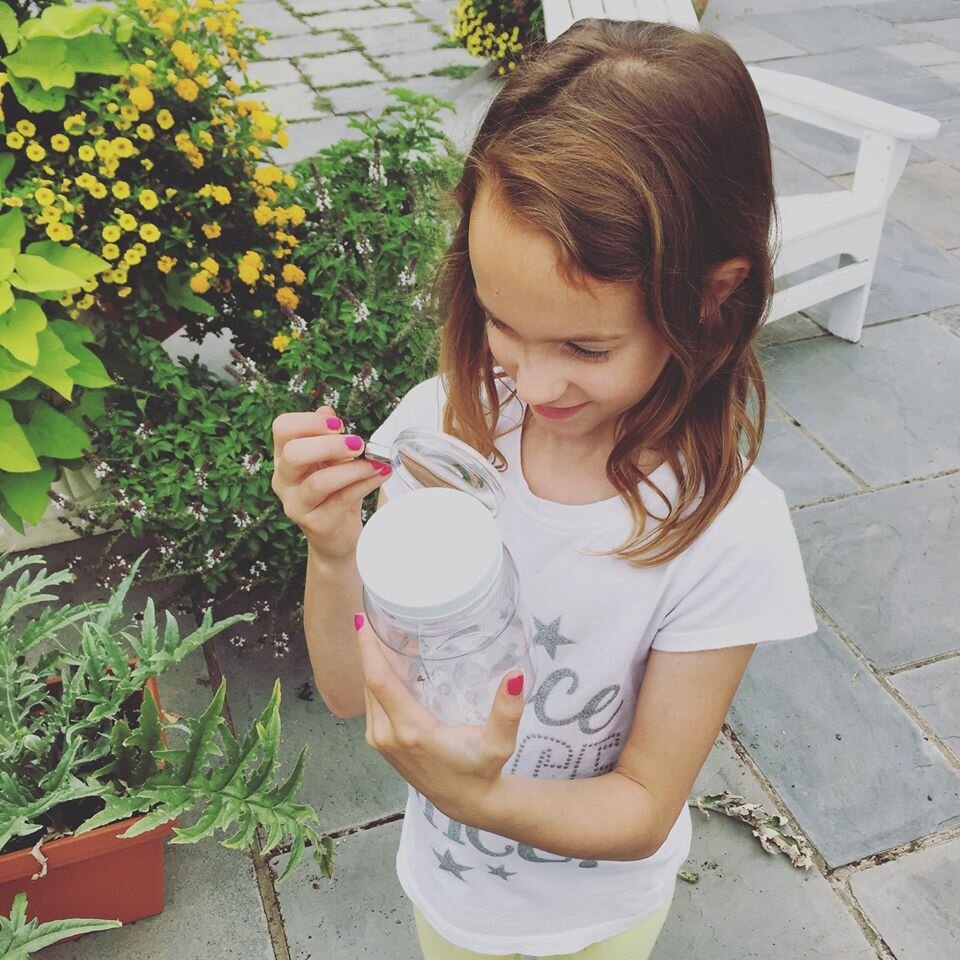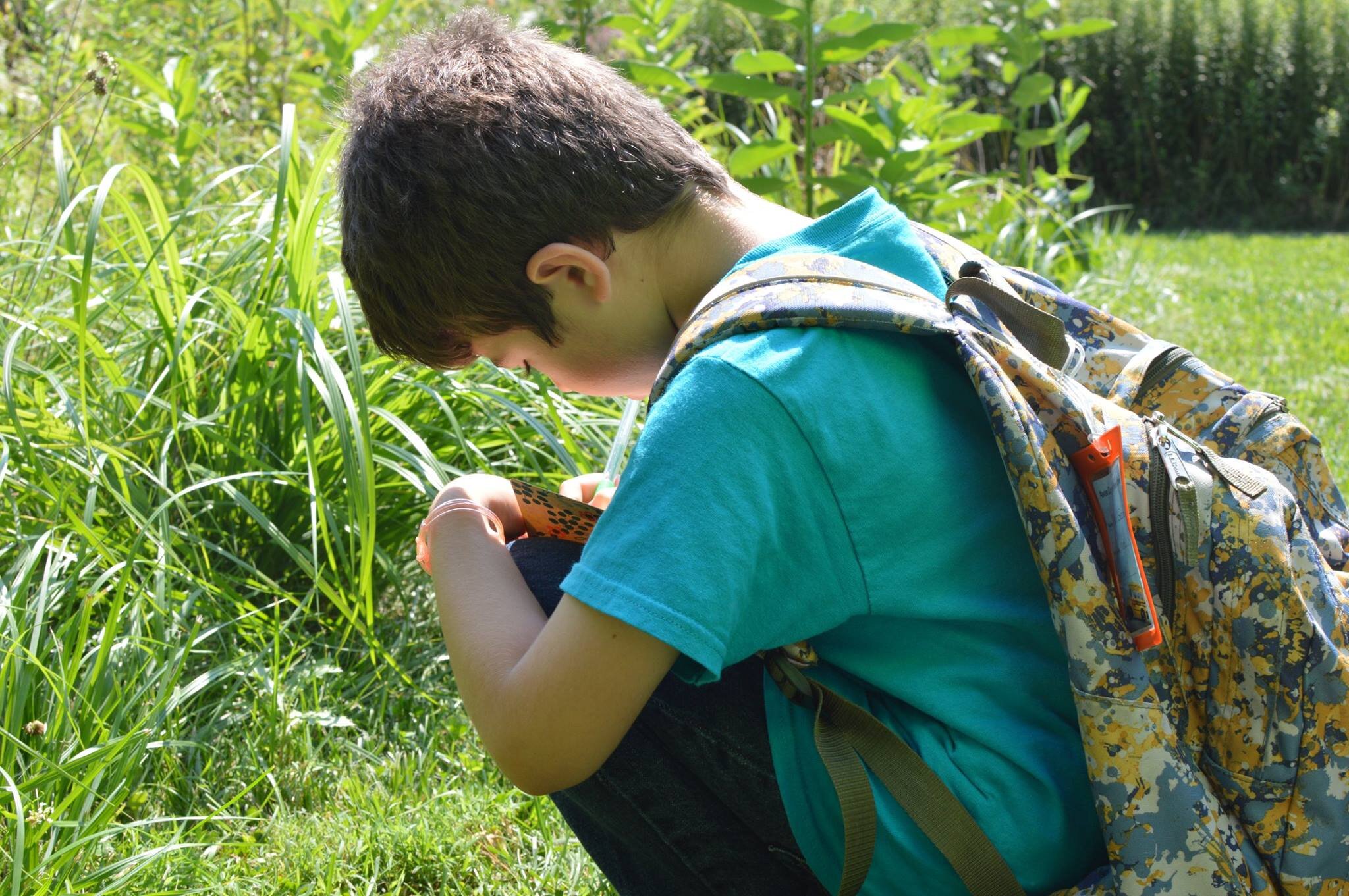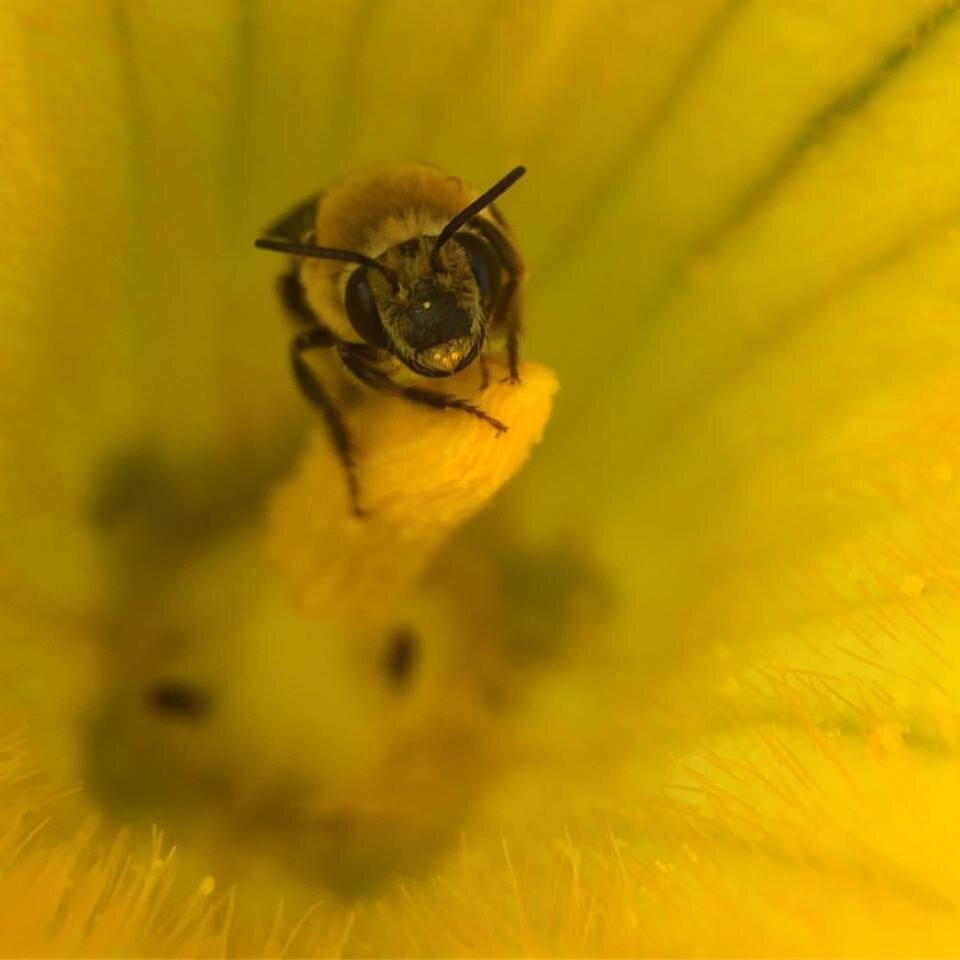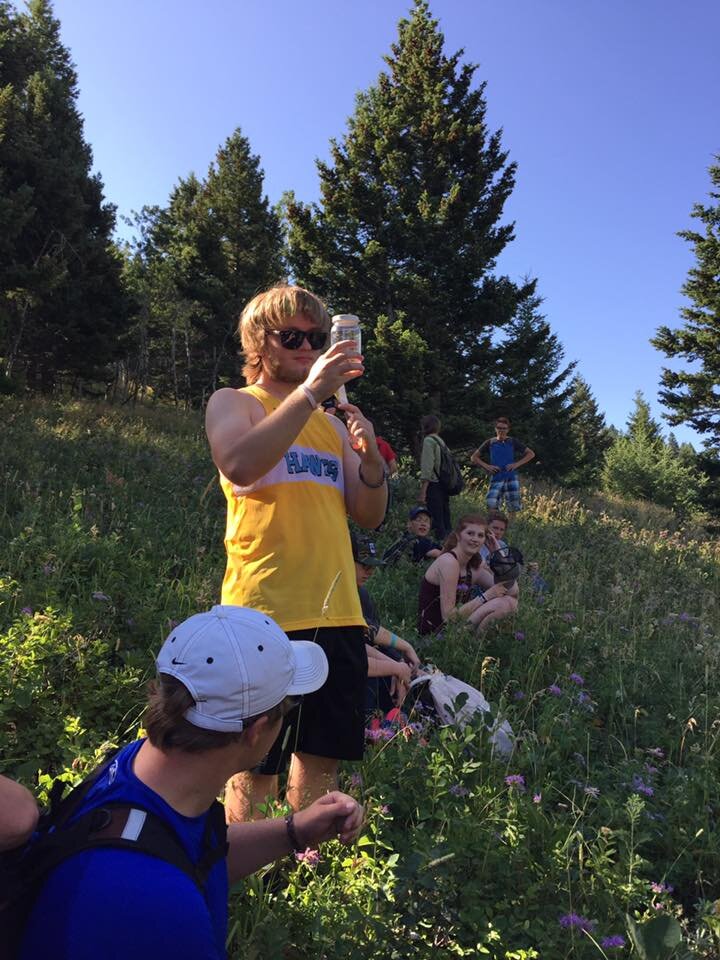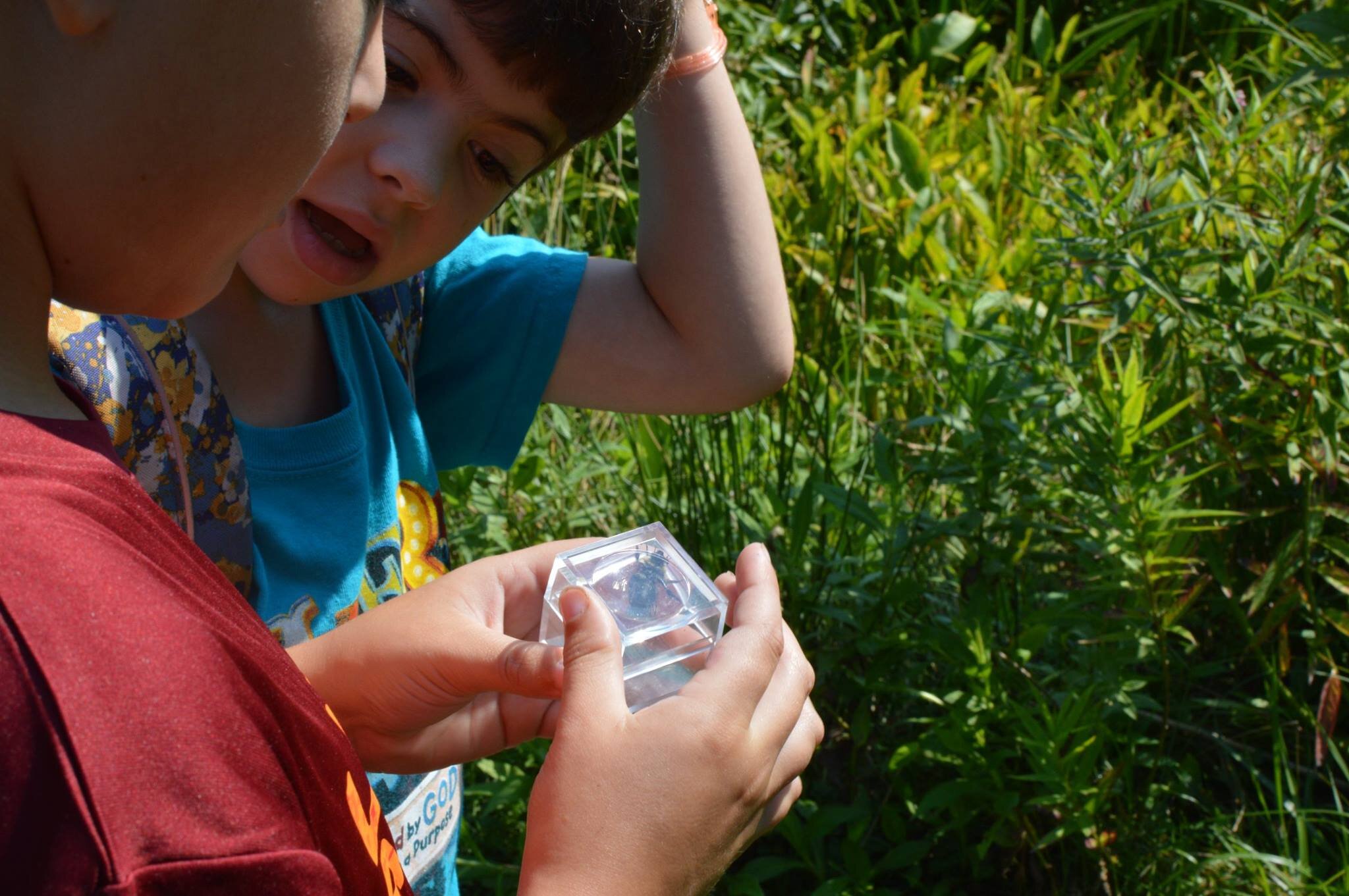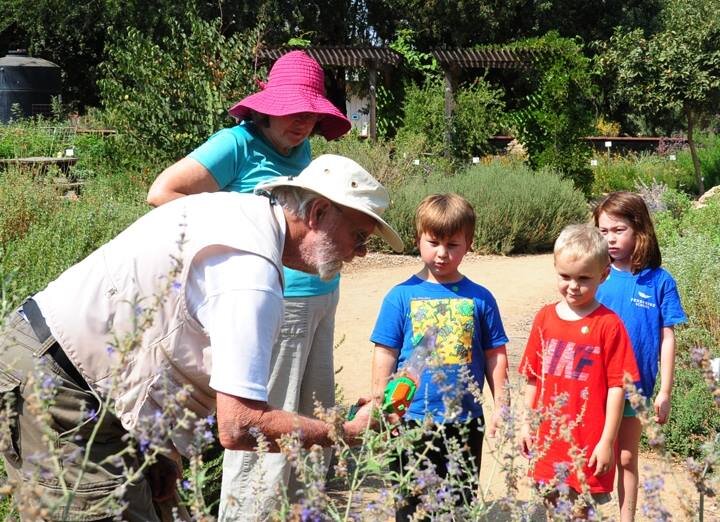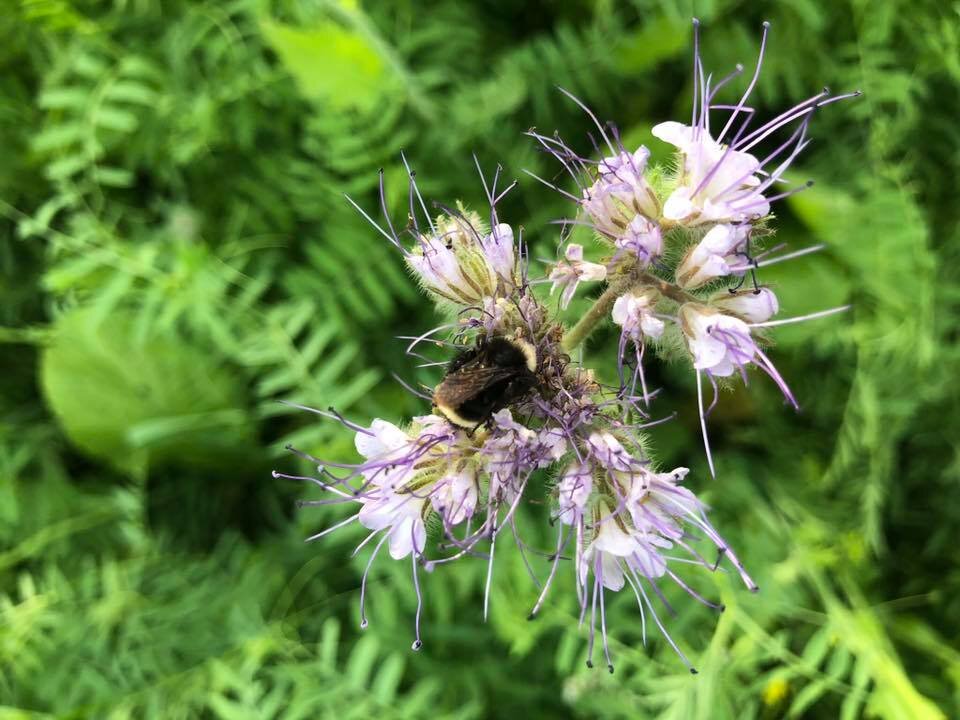Kids Community Bee Science Projects
Originally published for the American Beekeeping Federation’s E-Buzz Newsletter.
As most of the country is staying home to keep themselves and their families safe, I thought it might be a great opportunity to engage in a community science bee project with your kids. Below are a few of my favorite projects, plus some information on a new one in the works!
The Great Sunflower Project
Goal: To identify where pollinators are declining and improve habitat
Task: Watch a plant, record pollinators, report online
Where: Global, anywhere on the planet
Description: The Great Sunflower Project has three programs. The Safe Gardens for Pollinators program uses data collected on Lemon Queen sunflowers to examine the effects of pesticides on pollinators. The Pollinator Friendly Plants program is designed to identify the key plants to support healthy pollinator communities. And, the Great Pollinator Habitat Challenge allows citizen scientists to evaluate and improve gardens, parks and other green spaces for pollinators.
Some bee populations have experienced severe declines that may affect food production. However, nobody has ever measured how much pollination is happening over a region, much less a continent, so there is little information about how a decline in the bee population can influence gardens.
The Great Sunflower Project makes it easy to gather this information. Find a plant you know (or a Lemon Queen Sunflower), observe it for five or more minutes and record all pollinators that visit and contribute data online. You can make as many observations as you want while your flowers are in bloom. Plant, Watch, Enter and Repeat. That’s it. And, who doesn’t like sunflowers?!
Try it: https://www.greatsunflower.org/
Bumble Bee Watch
Presented by: The Xerces Society, Wildlife Preservation Canada, University of Ottawa, Montreal Insectarium, York University, BeeSpotter and The Natural History Museum in London
Goal: Help track North America’s bumble bees
Task: Take and submit photos of bumble bees near you
Where: North America
Description: Bumble Bee Watch is a collaborative effort to track and conserve North America’s bumble bees. This citizen science project allows individuals or groups to 1) Upload photos of bumble bees to start a virtual bumble bee collection; 2) Identify the bumble bees in your photos and have your identifications verified by experts; 3) Help researchers determine the status and conservation needs of bumble bees; 4) Help locate rare or endangered populations of bumble bees; 5) Learn about bumble bees, their ecology and ongoing conservation efforts and 6) Connect with other citizen scientists.
Try it: https://www.bumblebeewatch.org/
Bee Germs
Presented by: StudentDiscover
Goal: Map sites of ground-nesting bees and monitor their diseases
Task: Collect bees, send GPS data and ship specimens
Where: North America
Description: The “Bee Germs” project is focusing on learning more about bees that live underground. We know very little about bees that make their homes underfoot. By learning more about their germs (or pathogens), we will be able to understand what diseases they are suffering from and, eventually, find ways to help them.
Try it: http://studentsdiscover.org/lesson/bee-germs
Nativars Research Project
Presented by: Project Budburst, the Chicago Botanical Garden
Goal: Do cultivated versions of wild plants attract the same pollinators?
Task: Plant a garden, observe pollinators in your garden, submit your data
Where: United States
Description: We know that native bees, butterflies and other pollinators have a preference for native wildflowers and trees.
One of the questions many of us in the garden business get is about cultivated varieties of native plants, sometimes called “nativars.” Nativars can be different from their native parents in flower color and scent, the shape or number of flowers and petals, phenology, foliage color and more. Since color, scent, timing and size of flowers are very important to pollinators, it is easy to imagine that nativars might be more, or less, attractive to pollinators than the wild (native) species. They may even attract a different group of pollinators altogether. Gardeners and scientists alike are wondering: Do nativars provide the same resources for pollinators as their wild cousins?
Scientists need your help to answer this important question.
Try it: http://budburst.org/projects/nativars
World Bee Count
Presented by: The World Bee Project
Goal: To create an online map to display bees from around the world on World Bee Day (May 20) and beyond
Task: Take photos of bees and upload them to a free app
Where: Worldwide
Description: World Bee Count is a global citizen science and awareness movement on the role of bees and other pollinators in the health of people and planet.
World Bee Day has been celebrated since 2018 on May 20, the birth date of pioneer beekeeper Anton Janša. This year, the event, which is hosted by the U.N., will be taking place mostly online due to the COVID-19 crisis.
World Bee Count is being launched as a celebration of all that connects us across the world and all the ways in which we can collaborate (even in difficult times) to share knowledge and overcome challenges together.
Try it: https://beescount.org/

